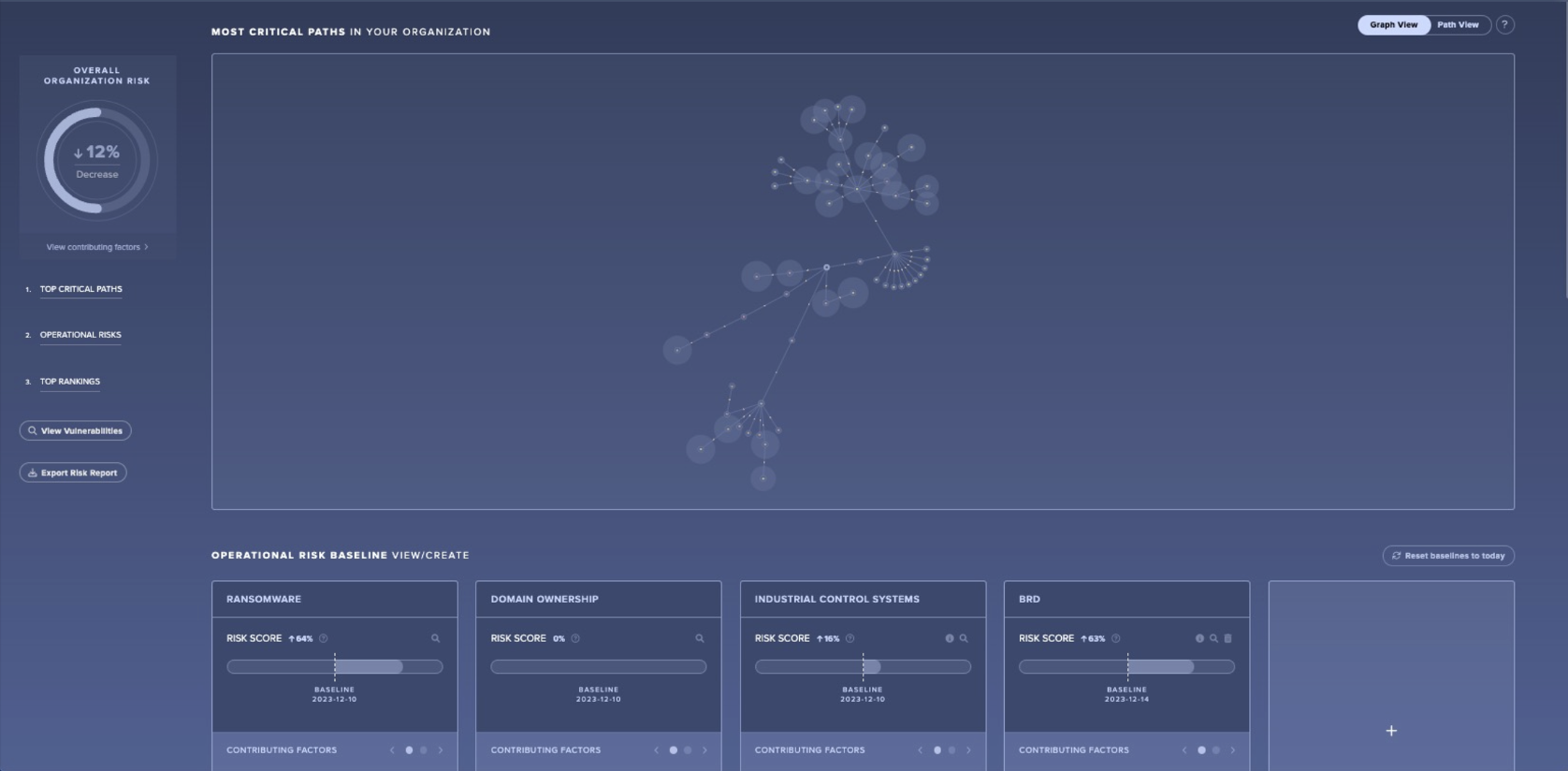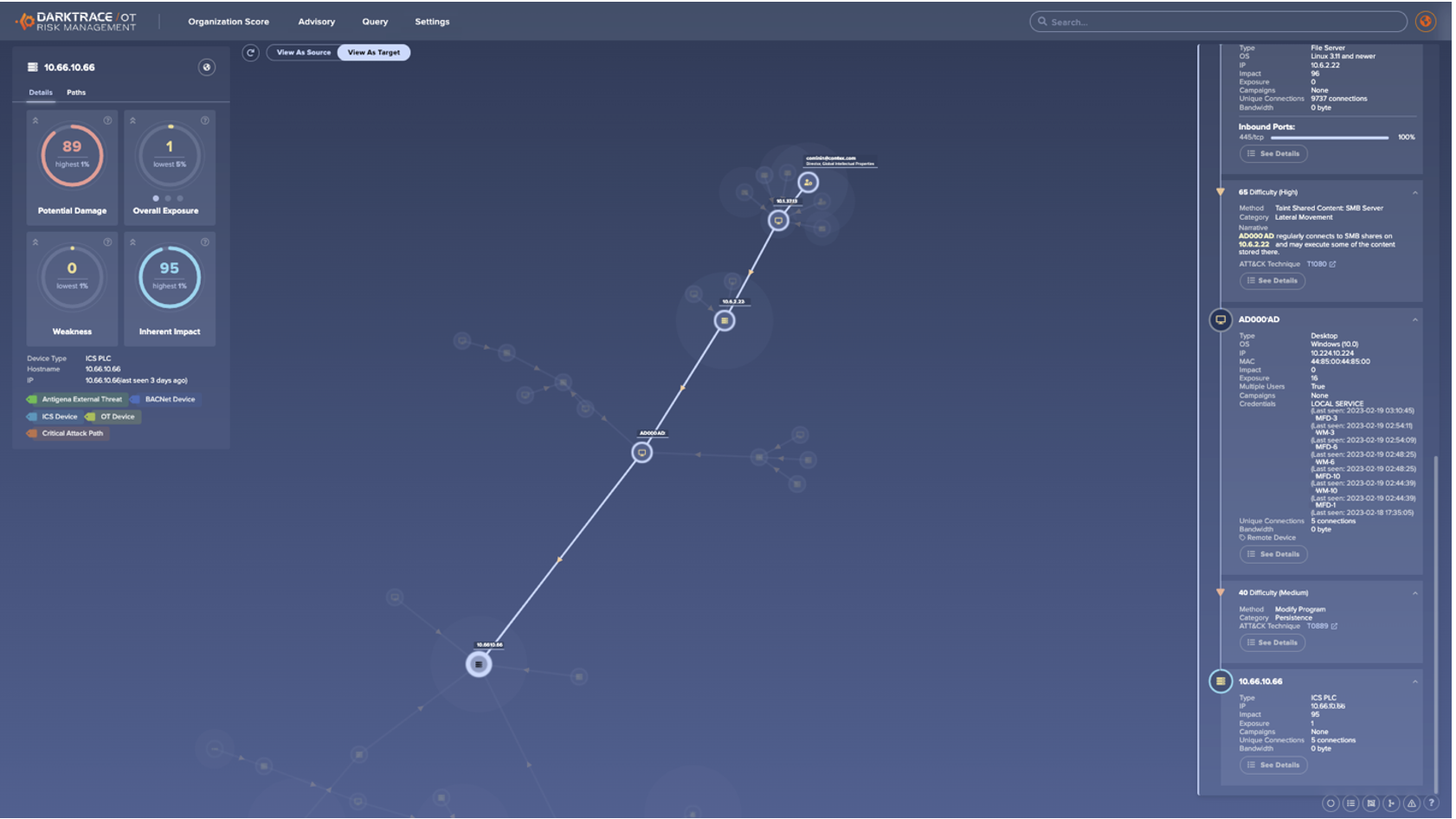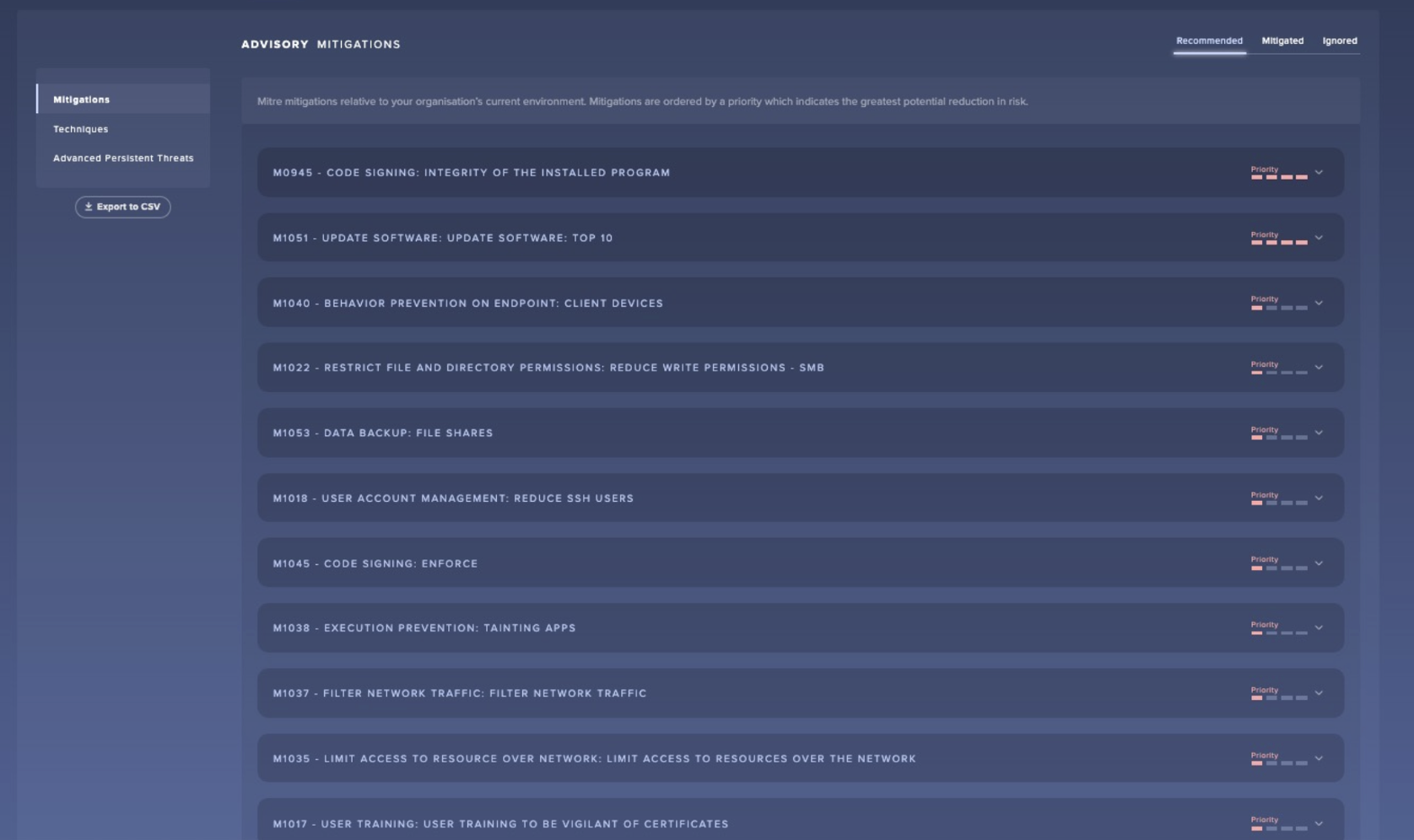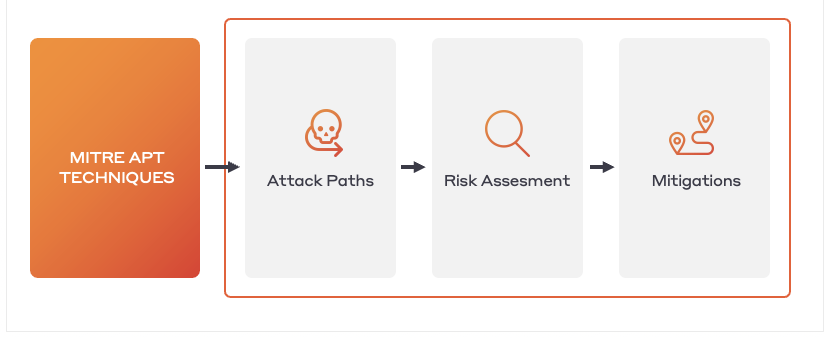Darktrace's Cyber AI brings real-time visibility and adaptive, autonomous defense to your AWS cloud security strategy.
The platform continuously learns what normal behavior looks like for every user, device, and workload in your AWS environment. With this deep understanding of usual ‘patterns of life,’ Darktrace can recognize the subtle deviations that point to a threat, from account takeovers to critical misconfigurations.
This bespoke, real-time knowledge of usual activity allows Darktrace to spot the unknown and unpredictable threats that get through policy-based defenses – all without relying on any rules, signatures, or prior assumptions.
With Amazon Virtual Private Cloud (Amazon VPC) Traffic Mirroring, Darktrace’s self-learning AI can seamlessly access granular packet data in AWS cloud environments, helping the platform build a rich understanding of context. AWS’s recent announcement of the extension of VPC Traffic Mirroring to non-Nitro instance types now allows our customers to gain agentless Cyber AI defense across these instances as well.
Expanding VPC traffic mirroring to non-Nitro instances
Amazon VPC Traffic Mirroring replicates the network traffic from EC2 instances within VPCs and allows customers to leverage this traffic for Darktrace’s AI-driven threat detection and investigation. Darktrace’s Cyber AI learns ‘on the job’ what normal activity looks like in customer AWS environments, in part using the real-time visibility provided by VPC Traffic Mirroring. The platform continuously adapts as each customer’s business evolves, a critical feature given the speed and scale of development in the cloud.
Previously, customers could only enable VPC Traffic Mirroring on their Nitro-based EC2 instances. Now, AWS has announced that this seamless access to hundreds of features from network traffic is extended to select non-Nitro instance types, supporting Darktrace’s ability to easily learn the bespoke behavioral patterns of our customers’ Amazon VPCs.
Customers can now enable VPC Traffic Mirroring on additional instances types such as C4, D2, G3, G3s, H1, I3, M4, P2, P3, R4, X1 and X1e that use the Xen-based hypervisor.* This feature is available in all 20 regions where VPC Traffic Mirroring is currently supported.
VPC Traffic Mirroring supports many of Darktrace’s extensive use cases across AWS, which include:
- Data exfiltration and destruction: Detects anomalous device connections and user access, as well as unusual resource deletion, modification, and movement;
- Critical misconfigurations: Catches open S3 buckets, anomalous permission changes, and unusual activity around compliance-related data and devices;
- Compromised credentials: Spots unusual logins, including brute force attempts and unusual login source/time, as well as unusual user behavior, from rule changes to password resets;
- Insider threat and admin abuse: Identifies the subtle signs of malicious insiders – including sensitive file access, resource modification, role changes, and adding/deleting users.
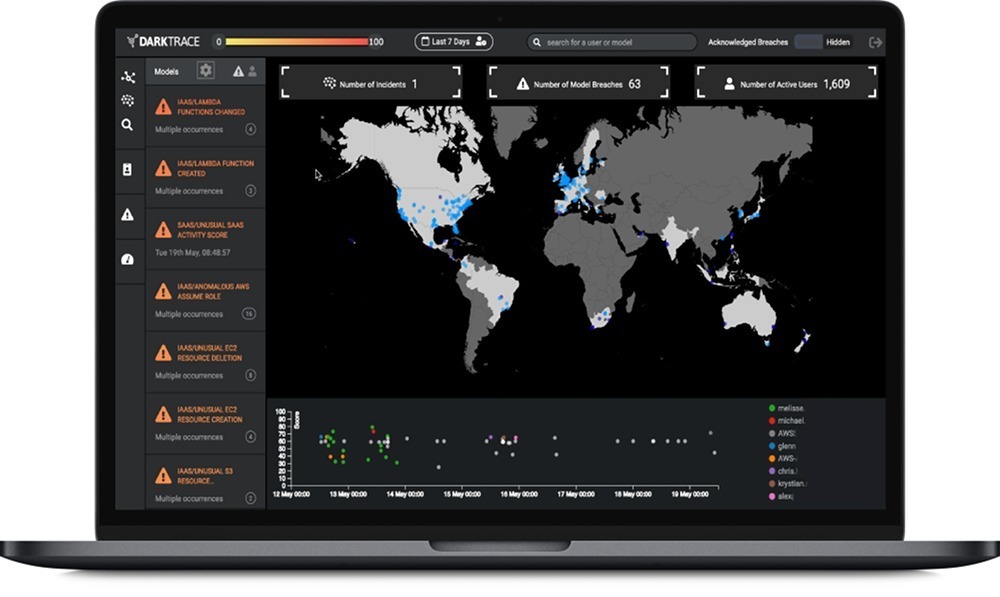
Figure 1: Darktrace illuminates activity in AWS
Autonomous investigation and response for AWS cloud environments
The Darktrace Security Module for AWS provides additional visibility across AWS environments via interaction with AWS CloudTrail, allowing for AI-powered monitoring of management and administration activity. With this deep knowledge of how your business operates in the cloud, Darktrace delivers total coverage across all your AWS services, including:
- EC2
- IAM
- S3
- VPC
- Lambda
- Athena
- DynamoDB
- Route 53
- ACM
- RDS
The recently announced Version 5 of the Darktrace, which focuses on protecting the cloud and the remote workforce, further augments Darktrace’s coverage of AWS environments. Among many other exciting new features, Version 5 extends the reach of Cyber AI Analyst and Darktrace RESPOND to cloud environments like AWS VPCs.
Cyber AI Analyst augments the work of security teams by autonomously reporting on the full scope of security incidents and reduces triage time by up to 92%. Cyber AI Analyst can now also conduct on-demand investigations into users and devices of interest, ingest third-party alerts to trigger new investigations, and automatically feed AI-generated Incident Reports to any SIEM, SOAR, or downstream ticketing system.
Meanwhile, Darktrace RESPOND brings Autonomous Response to the critical infrastructure which AWS VPCs provide. Darktrace's responses are surgically precise and intelligently maintain normal business operations while stopping emerging threats in real time.**
“Darktrace's innovations are outstanding and have really meshed with our current needs as a security team, from the flexibility of our new cloud-delivered deployment to the extended visibility of the Darktrace Client Sensors.”
– CISO, Real Estate
We have also launched a dedicated user interface for visualization and intuitive analysis of cloud-based threats identified across AWS via the Darktrace Security Module.
Self-Learning AI defense across the enterprise
Darktrace offers AI-driven defense of cloud infrastructure in AWS, as well as across SaaS applications, email, corporate networks, industrial systems, and remote endpoints. Taking a fundamentally unique approach, Darktrace provides the industry’s only self-learning platform that gives complete coverage and visibility across the organization.
This is a critical benefit, as businesses and workforces today are increasingly complex and dynamic. Darktrace can connect the dots between unusual behavior in disparate infrastructure areas and ensure cloud security is not siloed from the monitoring of the rest of the organization.
Darktrace’s adaptive and unified approach allows the solution to detect, investigate, and respond to the full range of threats facing the enterprise – even those unpredictable threats that move across dynamic and diverse environments.
Learn more about Darktrace and AWS
* VPC Traffic Mirroring is not supported on the T2, R3 and I2 instance types and previous generation instances.
** This product is only available in AWS for customers who leverage Darktrace osSensors.





































